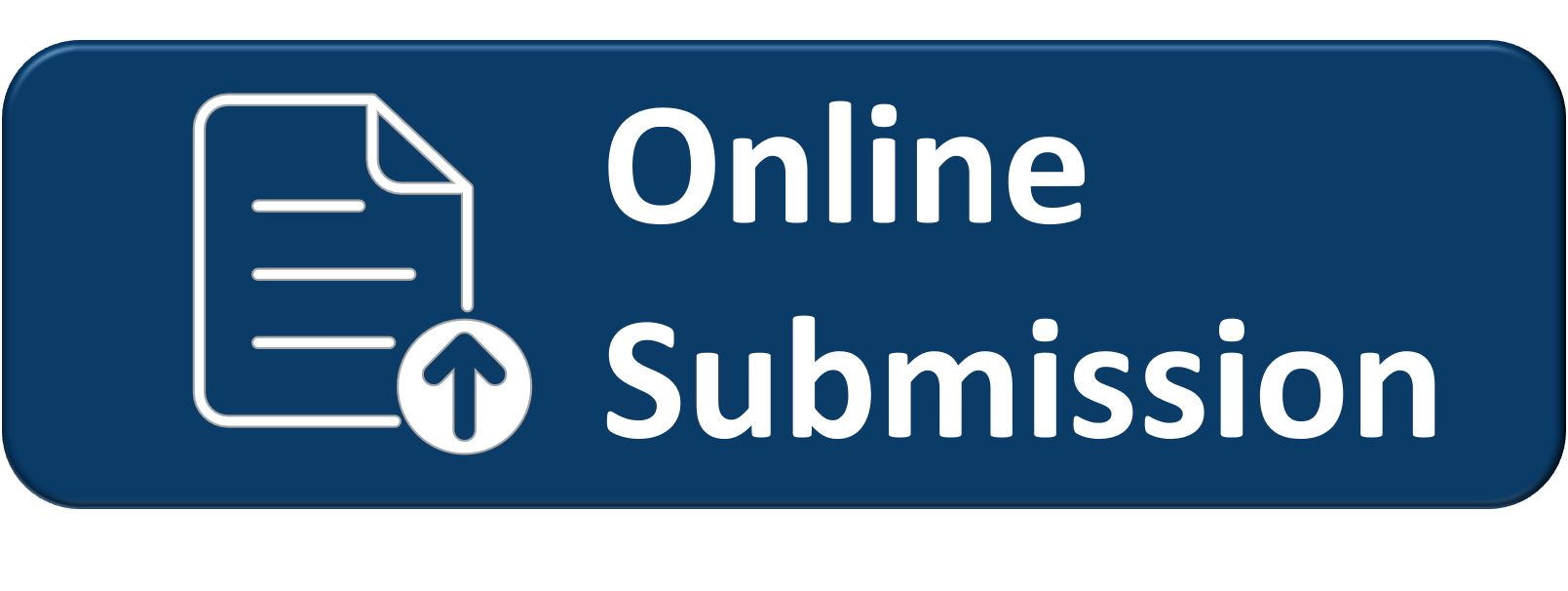- Focus and Scope
- Editorial Board
- Peer Reviewer
- Sponsorship
- Author Guidelines
- Template
- Cover Letter
- Publication Ethics
- Plagiarism Screening Policy
- Research Misconduct
- Open Access Policy
- Advertising and Direct Marketing
- Copyright Notice
- Publishing Schedule
- Peer Review Process
- Article Processing Charge
- Archiving Policy
Plagiarism Screening Policy
Plagiarism occurs when an author uses another person’s work (typically that of another author) without permission, credit, or acknowledgment. Plagiarism may take different forms, ranging from literal copying to paraphrasing the work of others.
1. Literal copying is reproducing a work word for word, in whole or in part, without permission and acknowledgment of the original source. This is the most obvious form of plagiarism and can be easily detected by comparing the papers in question.
2. Substantial copying refers to reproducing a significant portion of a work, without permission and acknowledgment of the original source. In determining what is “substantial,” both the quantity and quality of the copied content are relevant. Quality refers to the relative importance of the copied text in proportion to the work as a whole. Where the essence of a work has been reproduced, even if only a small part of the original work, plagiarism may have occurred.
3. Paraphrasing occurs when copying is done without reproducing the exact words of the original work, i.e., without literal or substantial copying. This form of plagiarism can be the most difficult to detect.
Industrial Innovation will immediately investigate and reject manuscripts found to involve plagiarism or self-plagiarism. Investigations of suspected plagiarism will follow the Committee on Publication Ethics (COPE) guidelines:
1. Suspected plagiarism in a submitted manuscript
2. Suspected plagiarism in a published article
Plagiarism screening will be conducted by the Industrial Innovation Editorial Board using the Turnitin. The Editorial Board will ensure that every published article does not exceed a 20% similarity score.
Self-Plagiarism Policy
Self-plagiarism (also known as text recycling) occurs when an author reuses significant portions of their own previously published work without proper citation or acknowledgment. Although the work originates from the same author, presenting it as new content without disclosure is considered unethical and unacceptable.
Forms of self-plagiarism include:
1. Republishing the same paper in different journals without proper citation or disclosure.
2. Reusing substantial parts of previously published text, data, or figures without citation.
3. Splitting one significant study into several smaller publications (also known as “salami slicing”) to increase the number of publications without substantial new contributions.
Industrial Innovation prohibits self-plagiarism. Authors are required to properly cite any of their own prior work that overlaps with the submitted manuscript. The Editorial Board will screen submissions for self-plagiarism using the Crossref Similarity Check powered by iThenticate.
Any manuscript identified with excessive text recycling or self-plagiarism will be returned to the authors for correction, and in severe cases, may be rejected.





